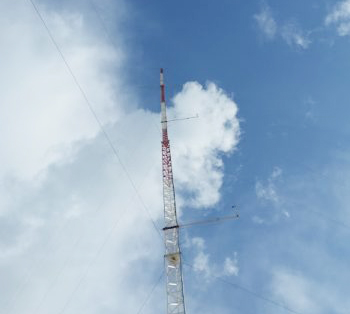Wind Resource Assessment


Wind Resource Assessment
Tawanai’s association with windfarm development is approaching 10 GW in its capacity as a wind resource assessment (WRA) specialist. Each windfarm site, with all its complexities of terrain and micro climate, has its own story and you need a specialist with the right kind of tools to unravel it. Tawanai, in these exercises uses its in-house Tawanai WRA Platform (T-WRAP) that has been fine-tuned to provide technically optimized layout and configuration to windfarm developers, investors and IPPs. A fine uncertainty analysis, well presented, minimizes the overall uncertainty and hence the financing costs.
Tawanai WRA platform (T-WRAP) is a heady mix of fine science, meteorology, data analytics and technology. T-WRAP has many modules for executing different aspects of a WRA exercise.
The main modules of (T-WRAP) are:
Terrain Processing Module (TPM)
These days large windfarms of 200-300 MW are being set up over 100 to 400 sq. km with varying terrain, elevation and surface conditions. Based on data accessed from satellites, TPM processes this information using its algorithms to create a Processed Terrain and Surface Input (PTSI) that can be integrated with the boundary layer model of the windfarm. TPM includes advanced orographic analysis used to develop a relative map of the orography in the region of interest. This enables us to optimise the project layout from the terrain and orographic perspective.
WindField Module
Try “catching the winds” flowing over an undulating terrain! Well by “catching the wind” we mean making an assessment of wind speeds at different heights above the ground in each cell of a grid overlay and each direction sector in the region of interest. The module undertakes complex analysis involving atmospheric physics, statistics and fluid dynamics
Power Curve Module (PCM)
PCM calculates the power output from the wind turbines using its power curve for every wind speed input. PCM output is used in the Turbine Module
Turbine Module
The Turbine module draws upon the wind field module for the selected model of wind turbine to calculate wind speed timeseries at the hub height and using the PCM, computes power output for each time step.
Wake Module
Wake Module, drawing upon the WindField and Turbine modules, undertakes complex computations to calculate the decay in wind speeds in the wake (behind the rotor) in relation to distance from the wind turbine. The waked wind speeds are treated as incident on wind turbine in the wake. Tawanai’s wake module is based on the Gaussian wake model, which has been validated against large eddy simulation data. The model is based on the principles of conservation of mass and momentum which are the basis of
Integration Module
Integration module draws upon analysis and output from the other modules to generate tables of Annual Energy Output (AEO), 15/10 minutely, and hourly time series of wind speeds.
Uncertainty Module
Deriving upon our deep knowledge of technologies, instrumentation and the science behind WRA assessment, the Uncertainty Module carries out a detailed analysis of the uncertainties involved and computes the output for different levels of probabilities of exceedance from the project.
